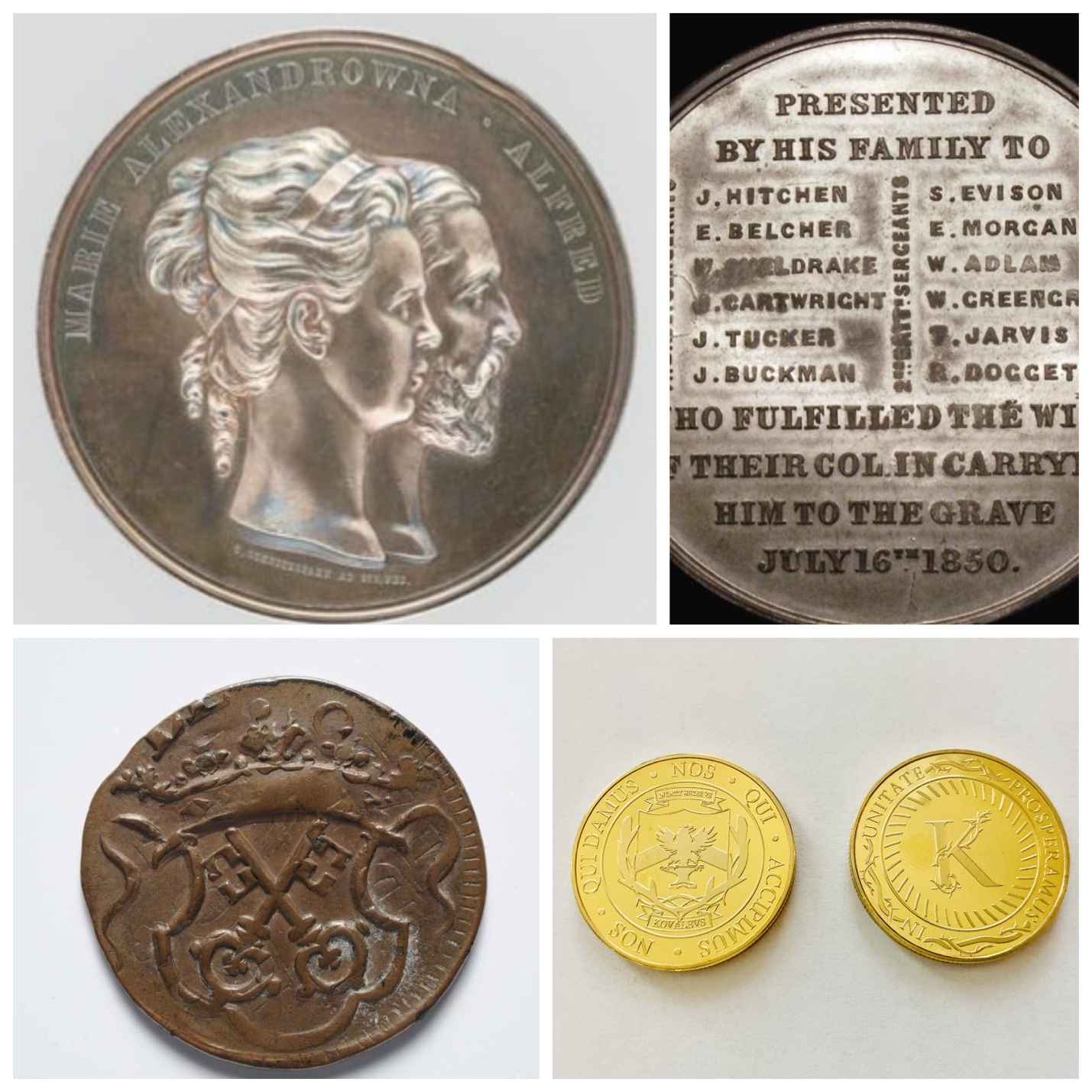Exploring the Enigmatic ‘Medals of Privilege’: Unraveling Their Multifaceted Legacy
In a previous article titled “Unveiling the Intrigue of ‘Medals of Privilege’: A Legacy Beyond the Silver Screen”, I shed light on the mystique of these unique tokens of honor. Delving deeper into their history, beyond the lens of the Eggenberg family and the cinematic world of John Wick, I uncovered a tapestry woven with more than noble threads—a narrative both fascinating and diverse.
Beyond the illustrious circles of noble families, the concept of “medals of privilege” was not confined to the privileged few. It transcended social strata, reaching into the realm of lesser-known families. One such instance shines through an unknown family’s example, where a medal stood as a testament to bonds forged and alliances acknowledged.
But let’s not confine our exploration to the obscure. Even within the ranks of nobility, intriguing nuances emerge. One captivating facet lies in the practice of minting the medal itself with the name of the recipient. This went beyond a mere exchange of honor—it enshrined identity within metal. Each bearer became a living testament to the bond, a walking representation of the alliance’s strength.
Royalty, too, wove this tradition into their narratives. Grand Duchess Maria Alexandrovna of Russia, alongside her husband Alfred, Duke of Saxe-Coburg and Gotha, embraced this practice. Their medal, marked with a regal touch, exemplified that even in the highest echelons, this tradition held sway.
Yet, tracing the origins of these medals often poses a challenge. Blazonry, with its strictures, seldom reveals family names on coats of arms. The anonymity it offers, while historically rooted, can sometimes obscure the issuing family’s identity. It’s a riddle for the discerning, one that elicits curiosity about the hands that bestowed these tokens.
Modern times call for modern adaptations. As populations burgeoned, identifying origins became increasingly intricate. However, within this complexity, some modern instances stand as living testaments to noble lineage. Family names are now incorporated for clarity.
I managed to obtain only one modern example of the medal, provided by the Kovalevs family, which sheds light on a contemporary take that honors their age-old tradition. Their inclusion of the family name in their coat of arms offers not only practicality but also a glimpse into a noble legacy renewed. This fusion of past and present resonates, unveiling an enduring bond that traverses time.
The enchantment of these tokens endures, transcending time and space. This magnetic pull is perhaps why their depiction, albeit transformed, continues to grace artistic canvases. John Wick’s cinematic homage is a testament to their timeless allure, with plot twists in sequels attesting to their indelible impact.
In unraveling the legacy of “medals of privilege,” we traverse not only history’s corridors but also the variegated landscapes of human connection. Whether hidden within the folds of an unknown family’s story, etched into the identity of nobility, or graced with the regality of royalty, these tokens stand as testaments to bonds woven, allegiances forged, and histories intertwined.
As the narrative unfurls, we’re reminded that the allure of recognition, whether in the past or the present, holds a perennial fascination. And in these medals, we glimpse more than metal—they’re conduits through which honor, kinship, and stories endure.



